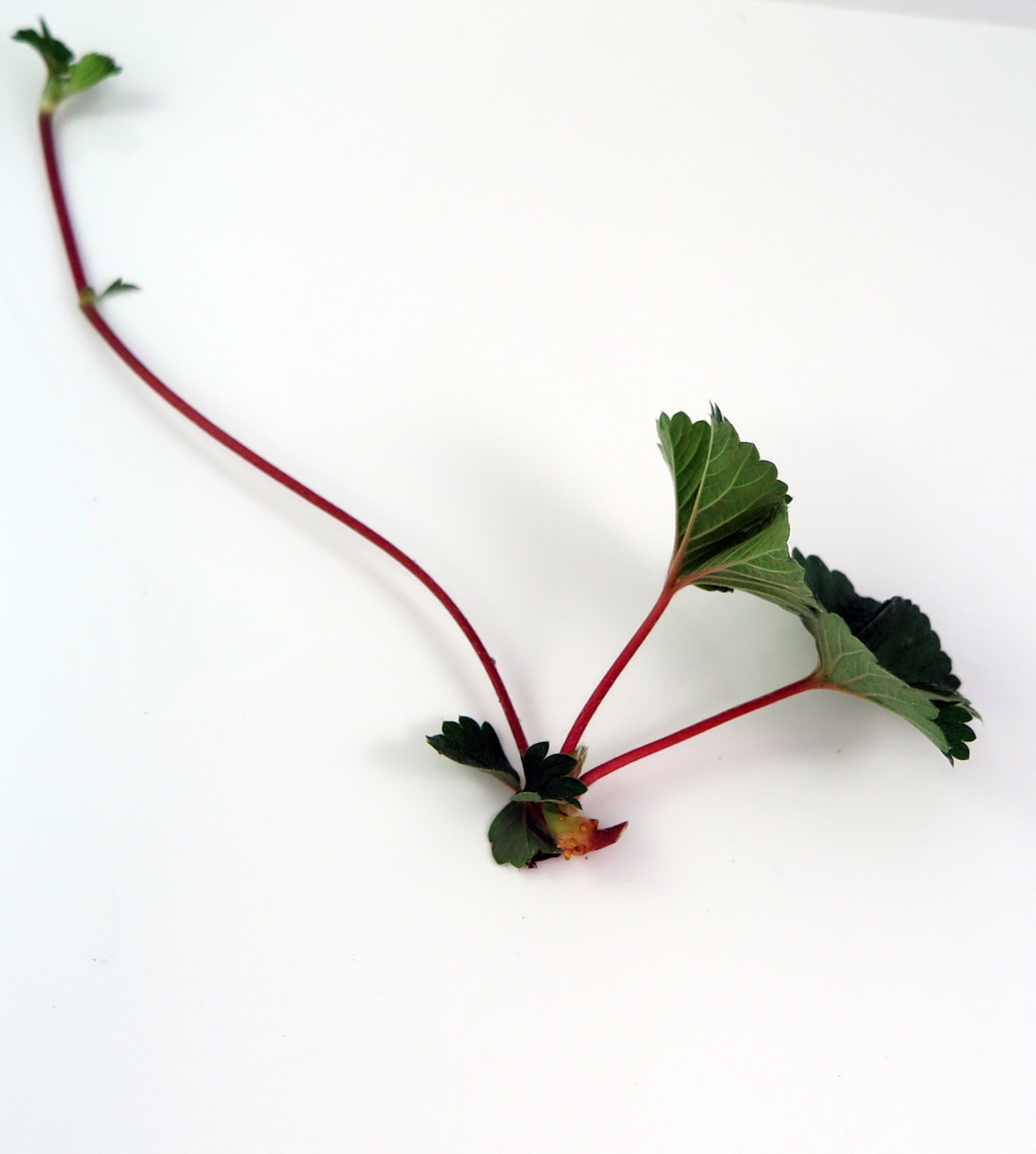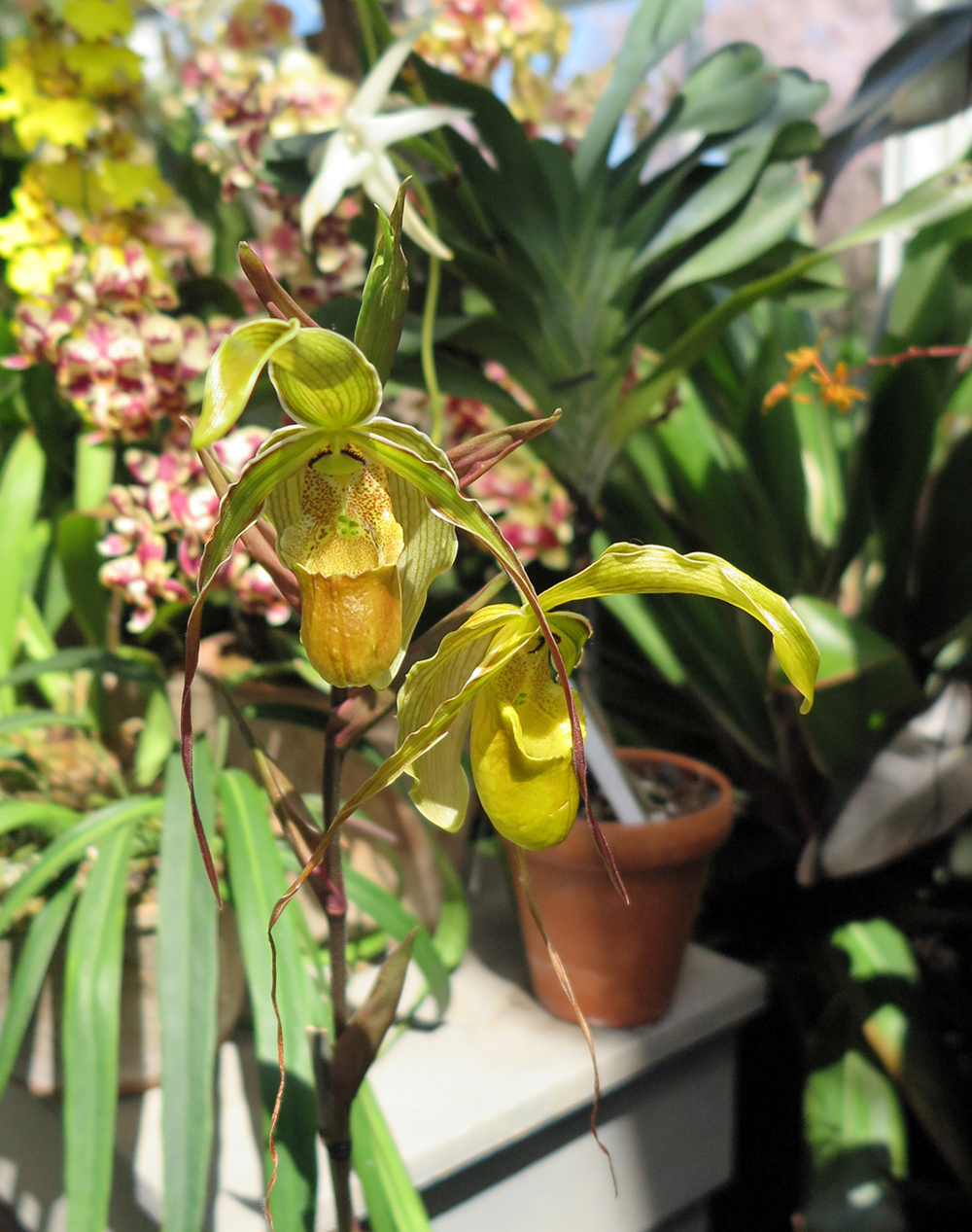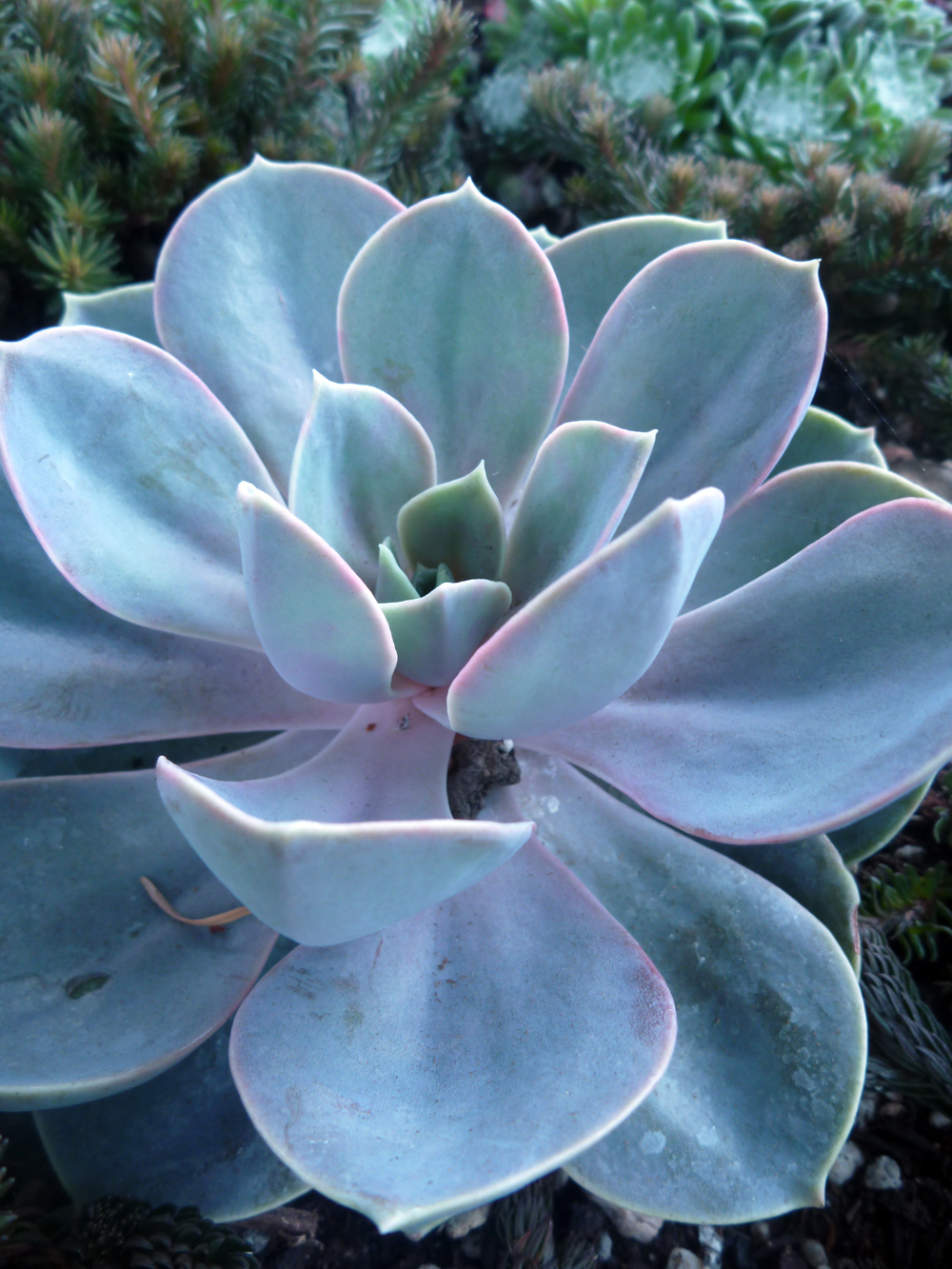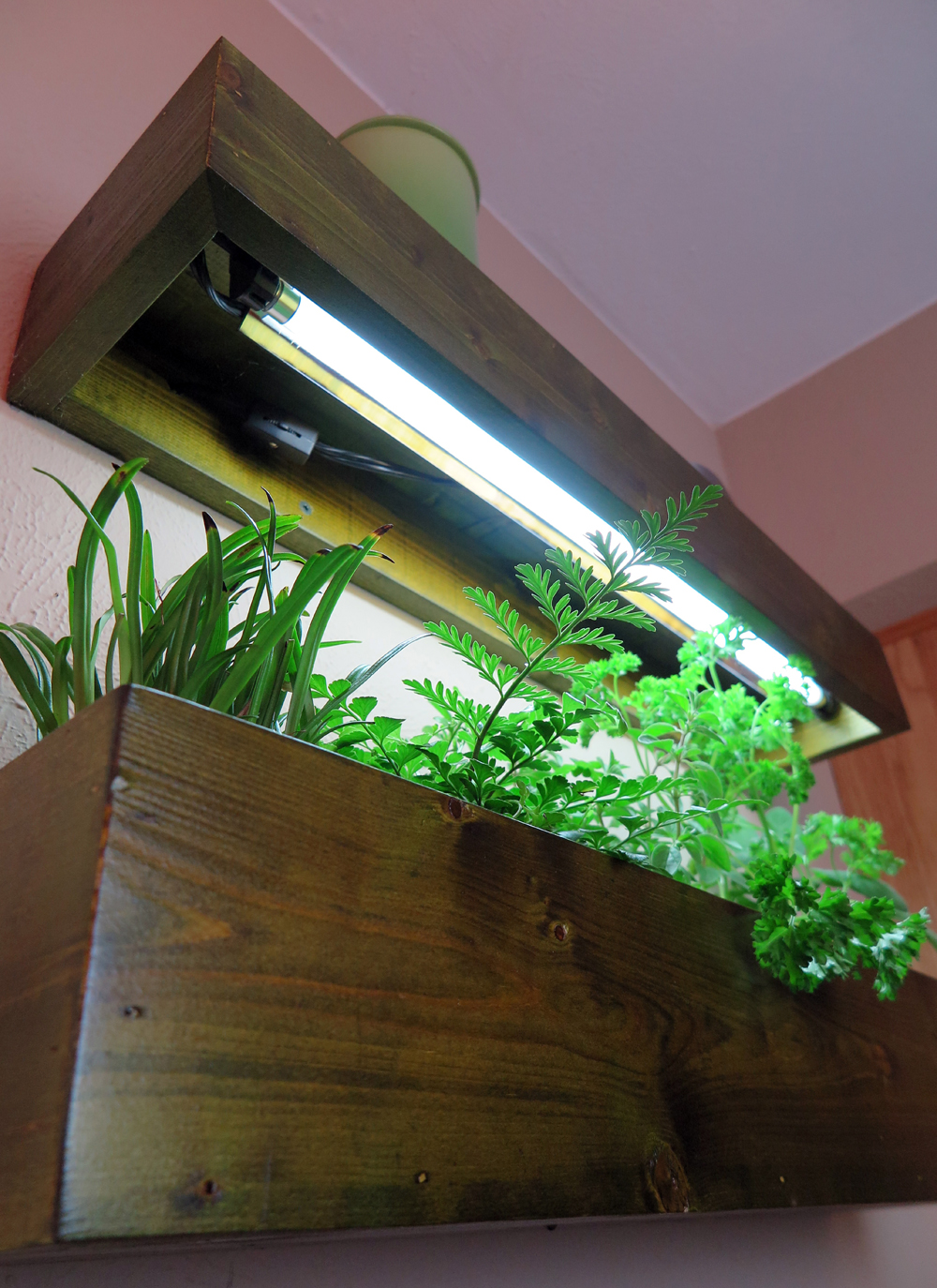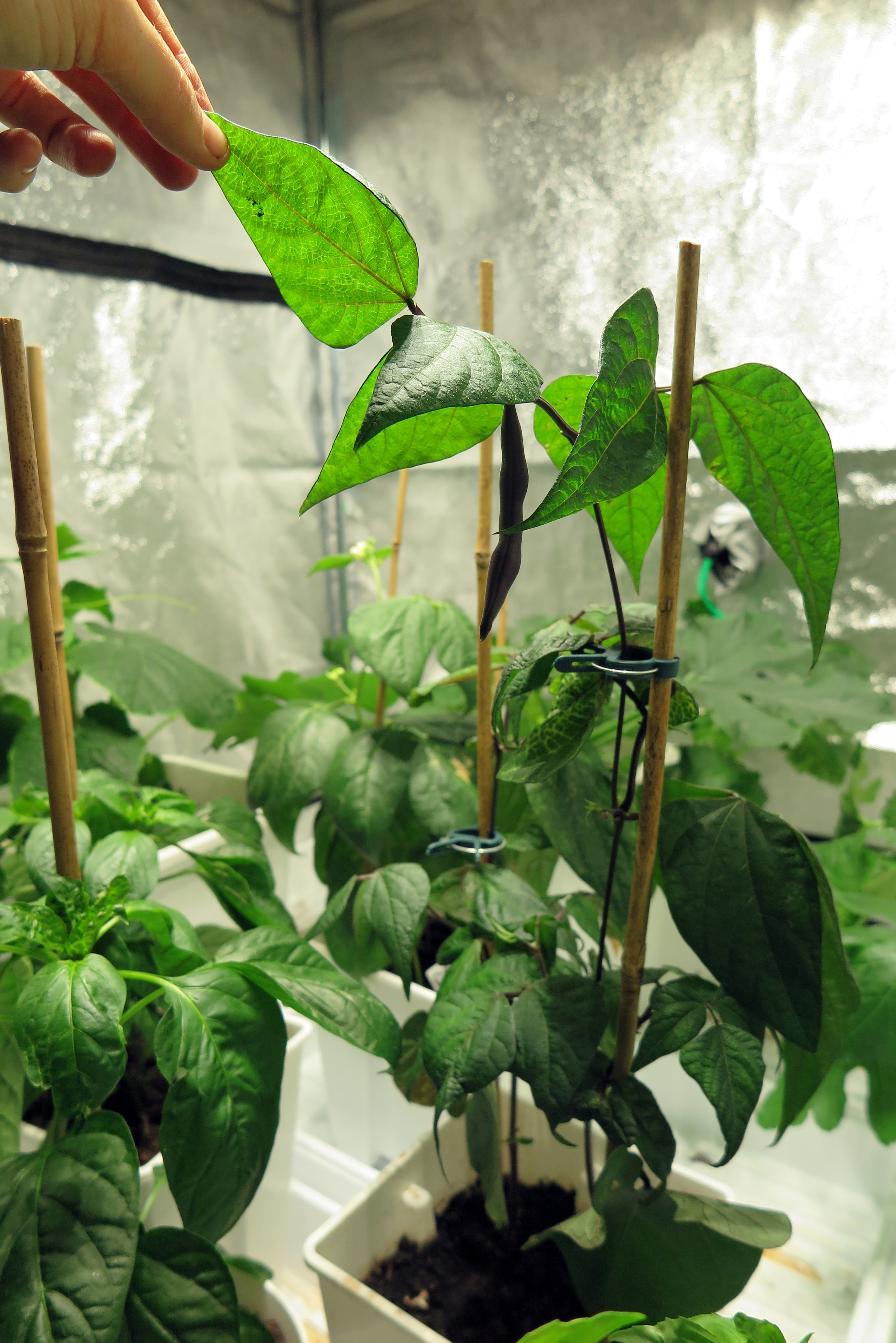Temperature Range of Citrus
August 7, 2018
The ideal temperature range for most citrus is between 70°F and 90°F (21–32°C). A temperature drop during the winter months typically triggers blooming.
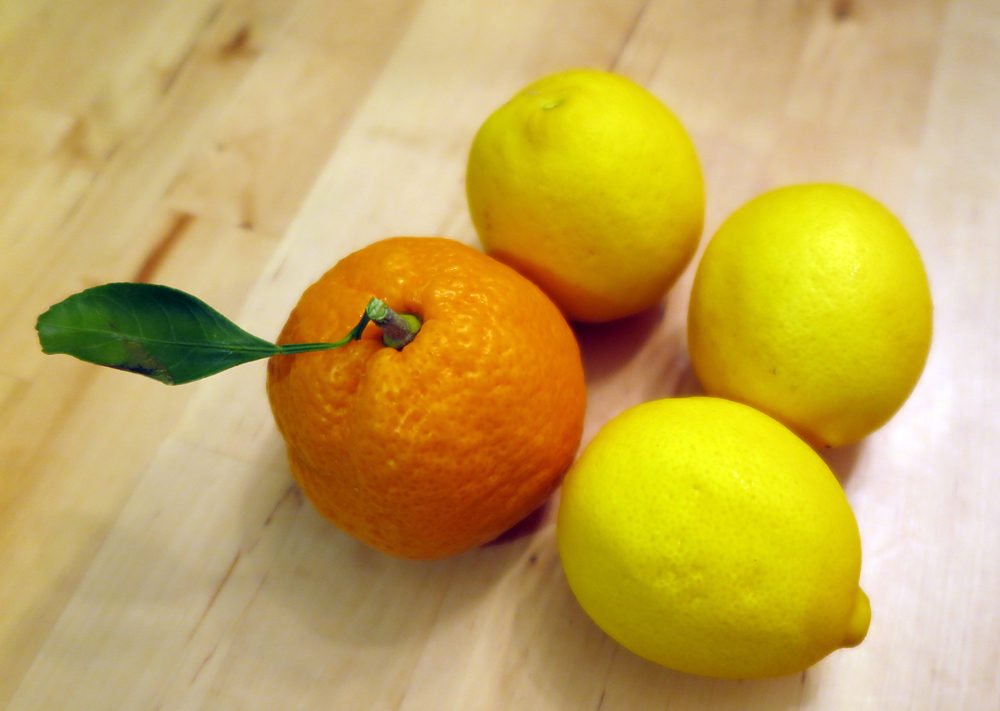
Satsuma orange with ‘Meyer’ lemons.
PC: Leslie F. Halleck
Warm temperatures in summer help fruit develop a sweet flavor. Most citrus can be damaged at temperatures below 27°F (–3°C).

